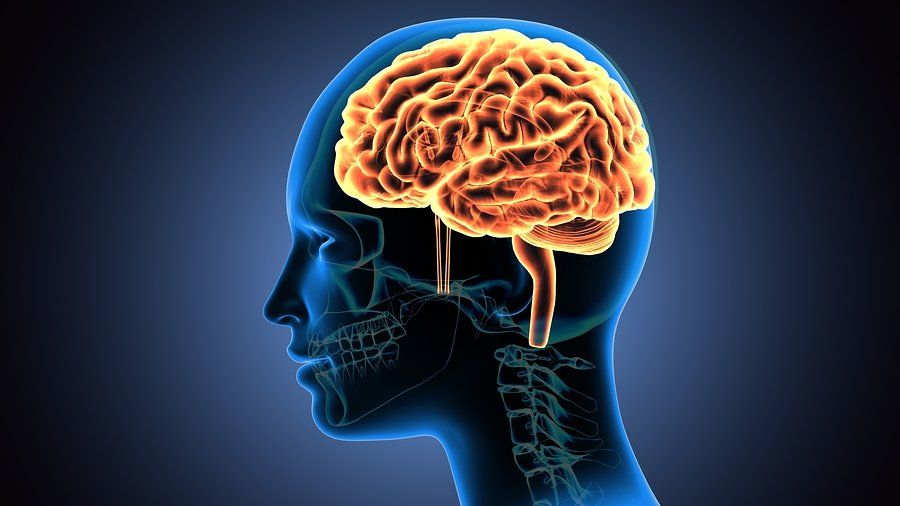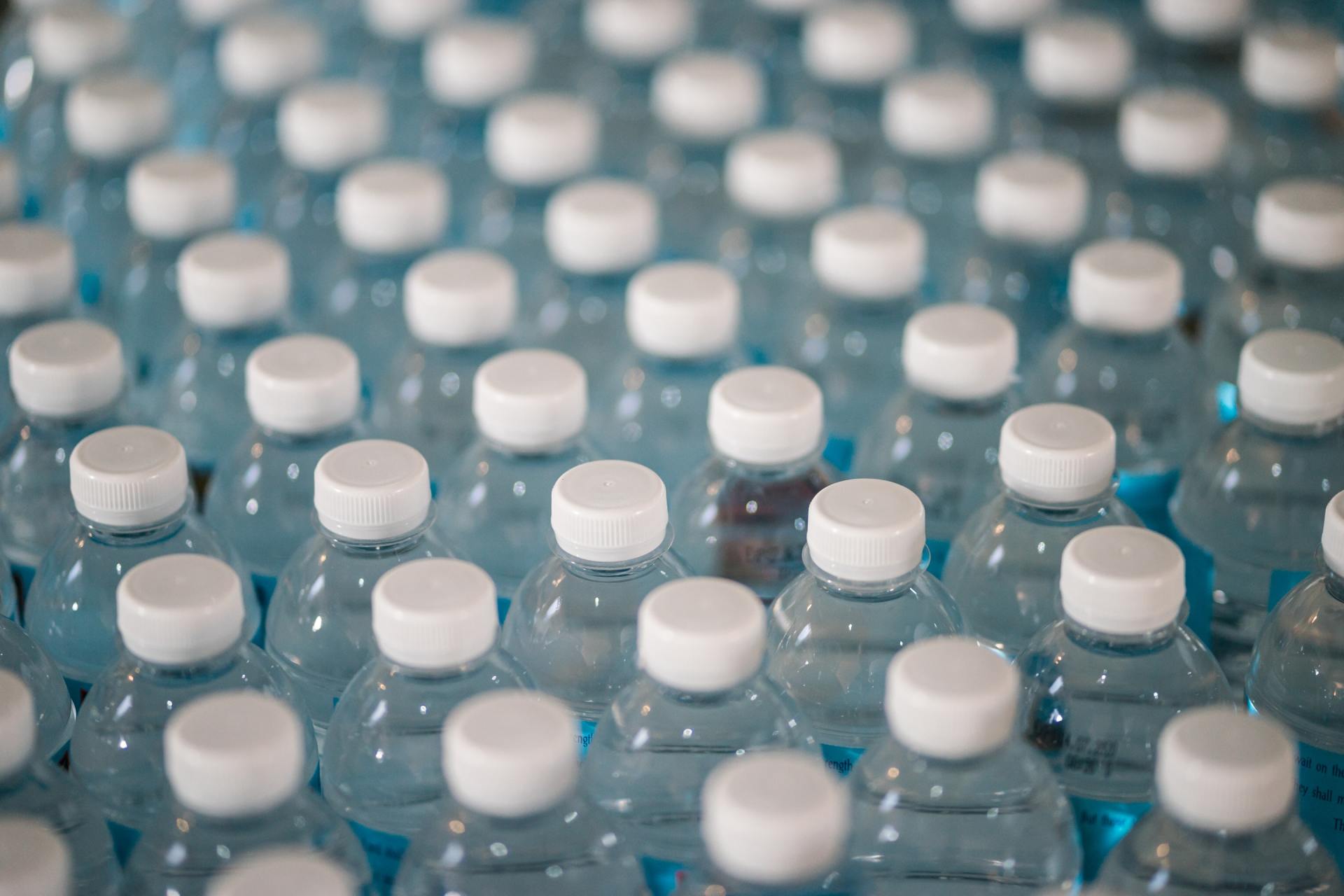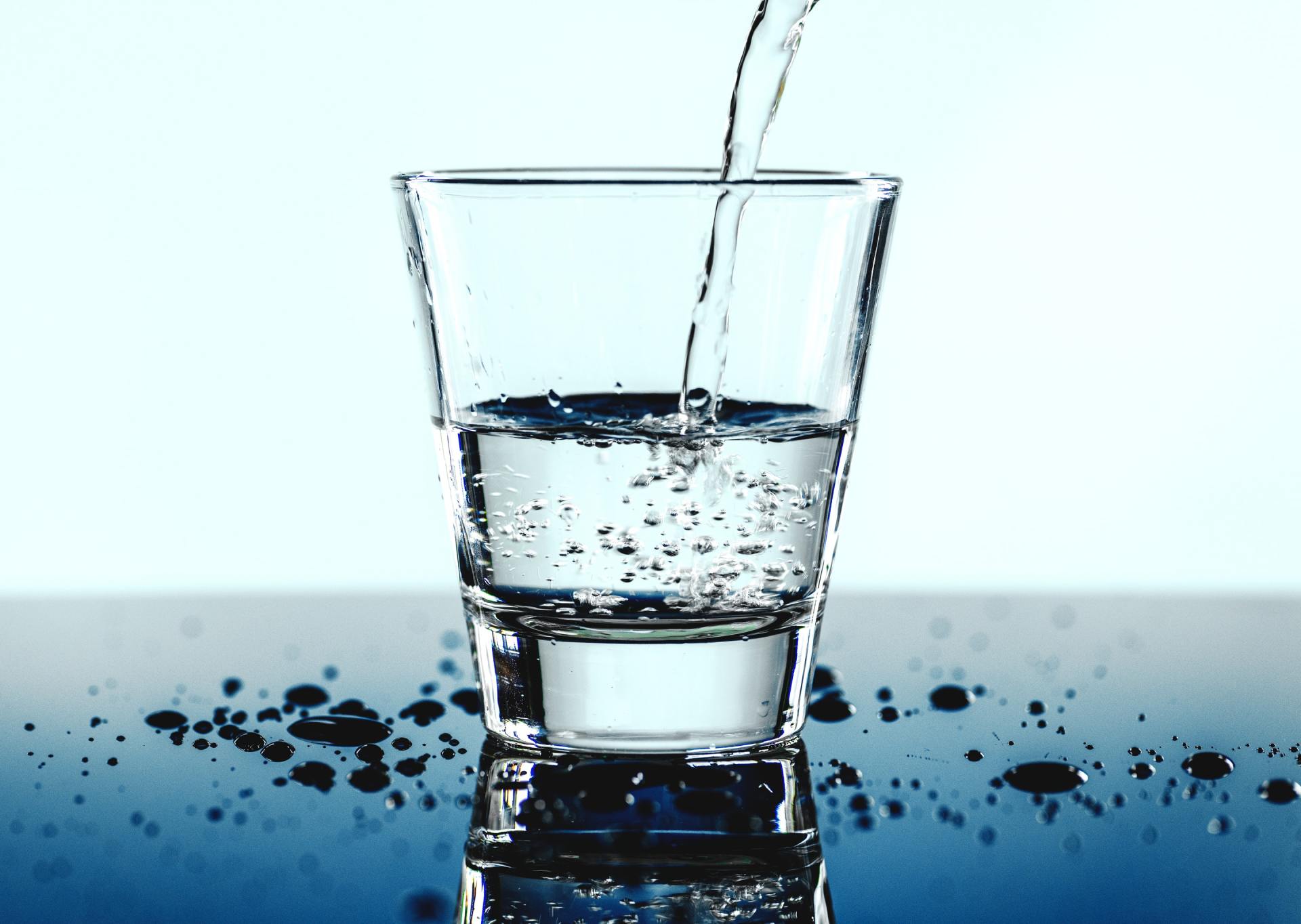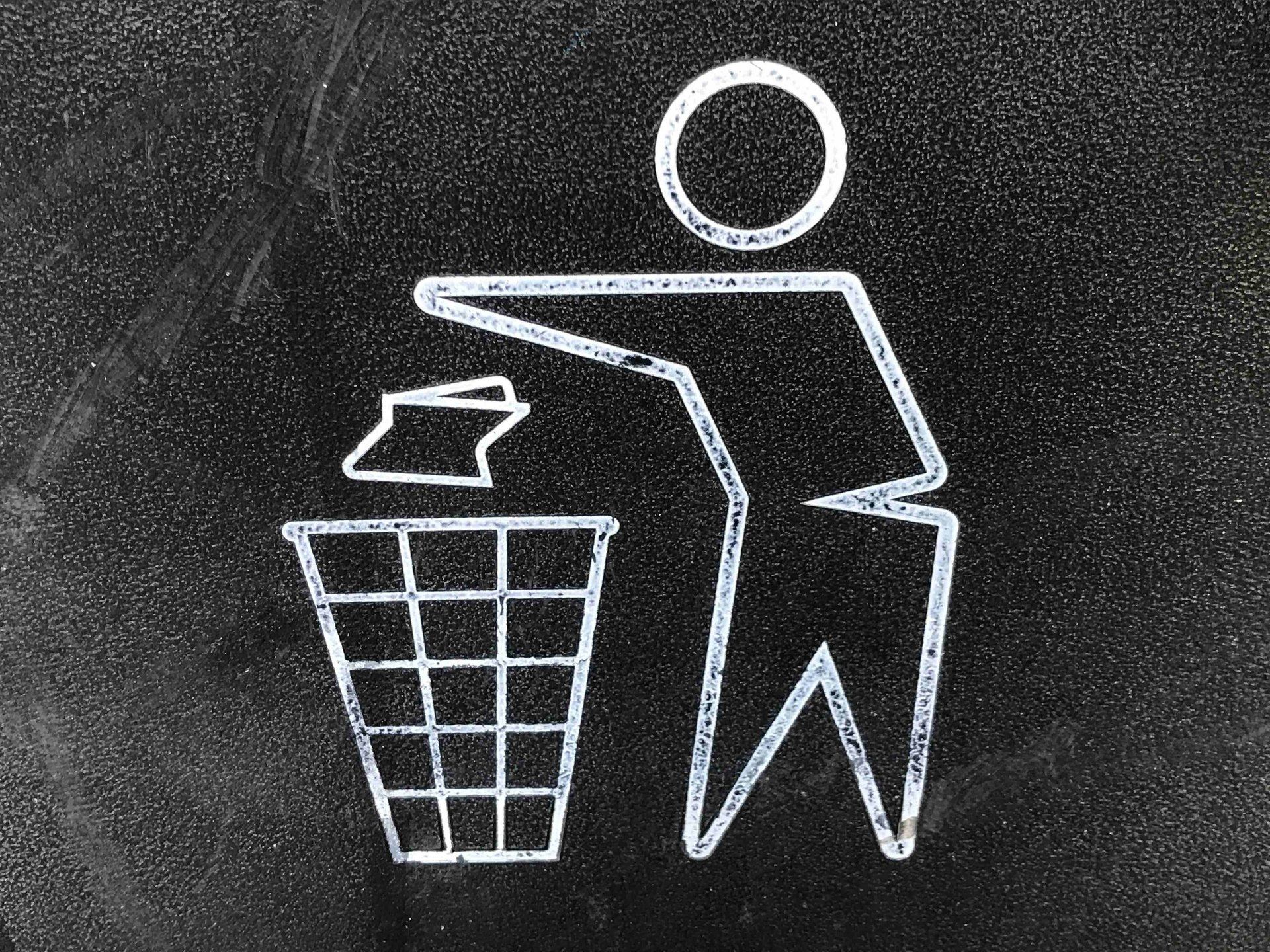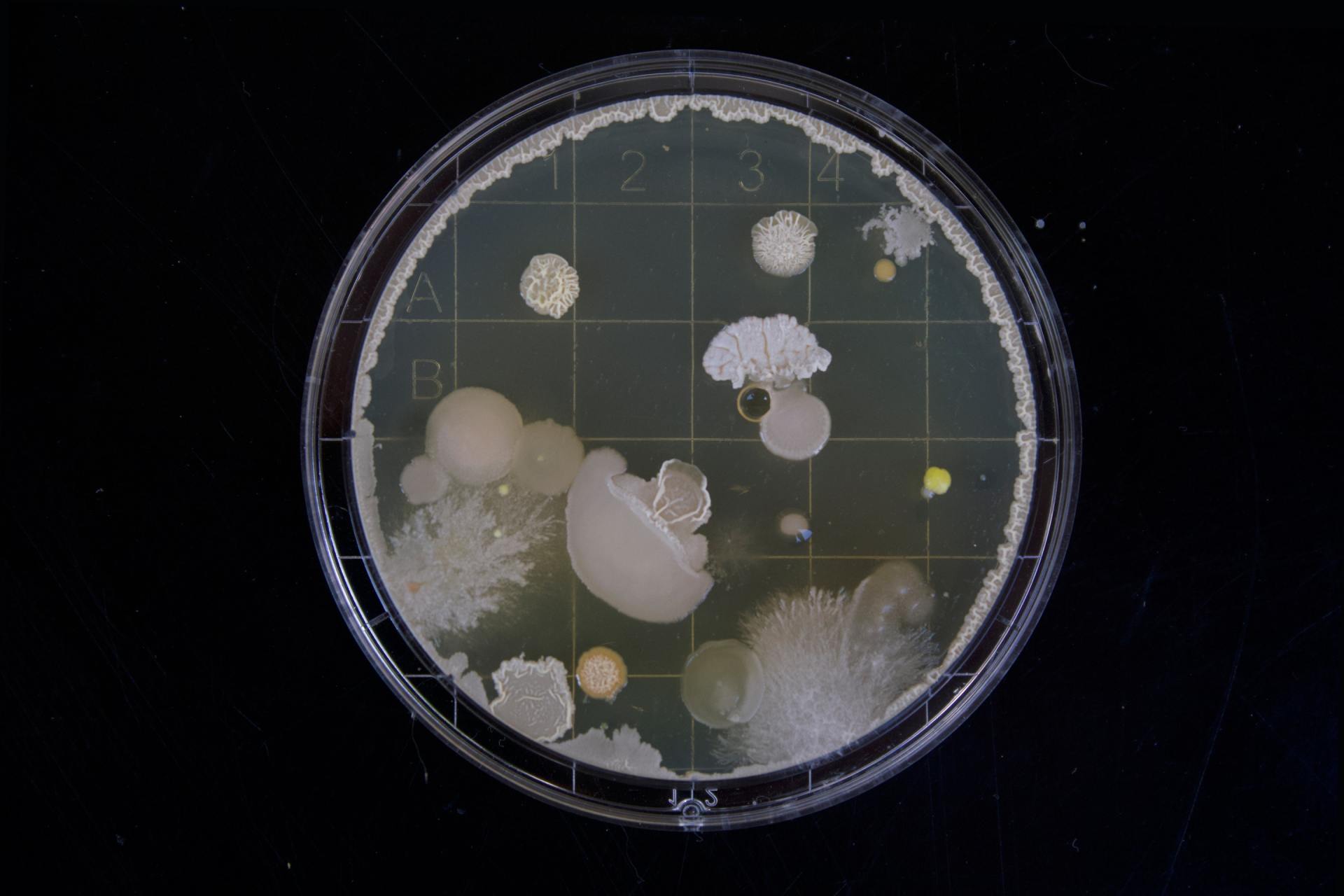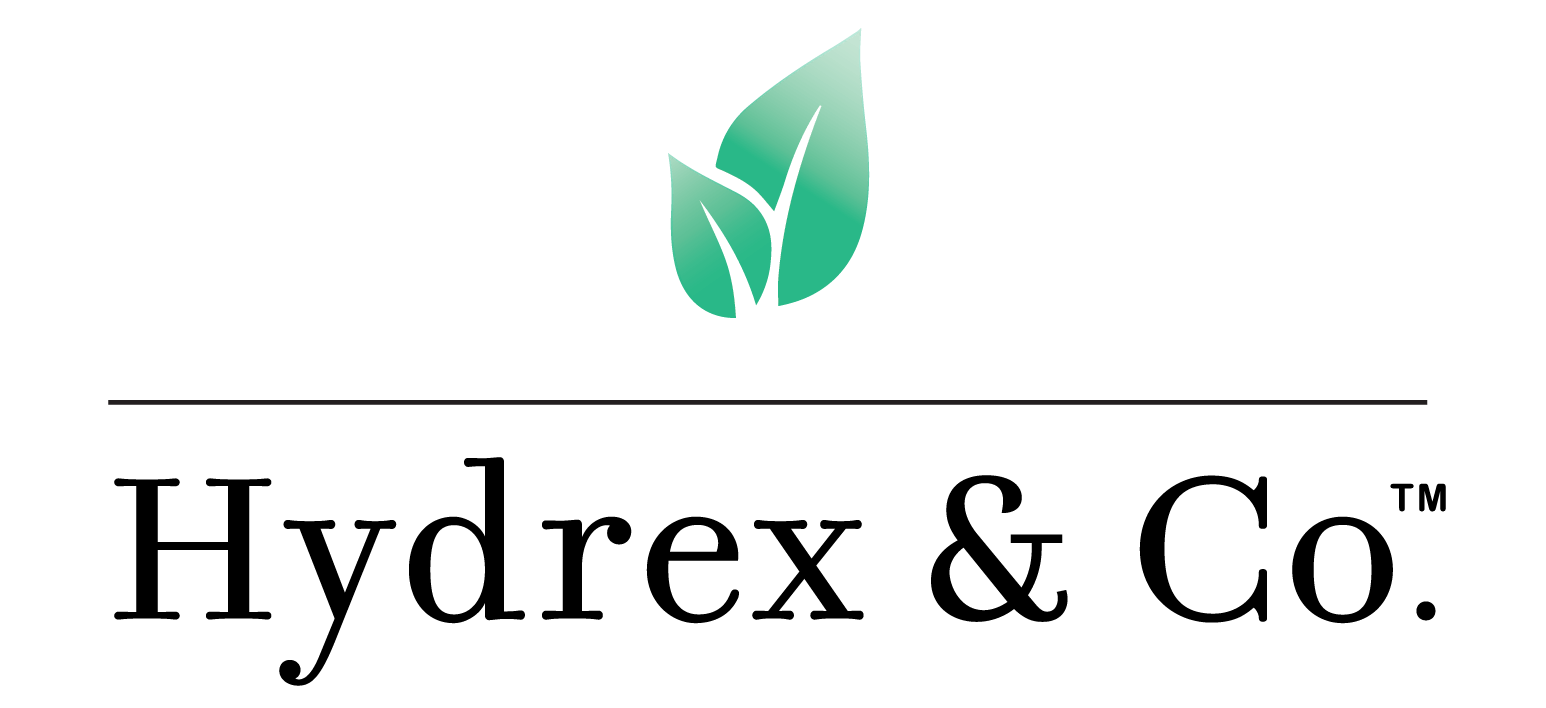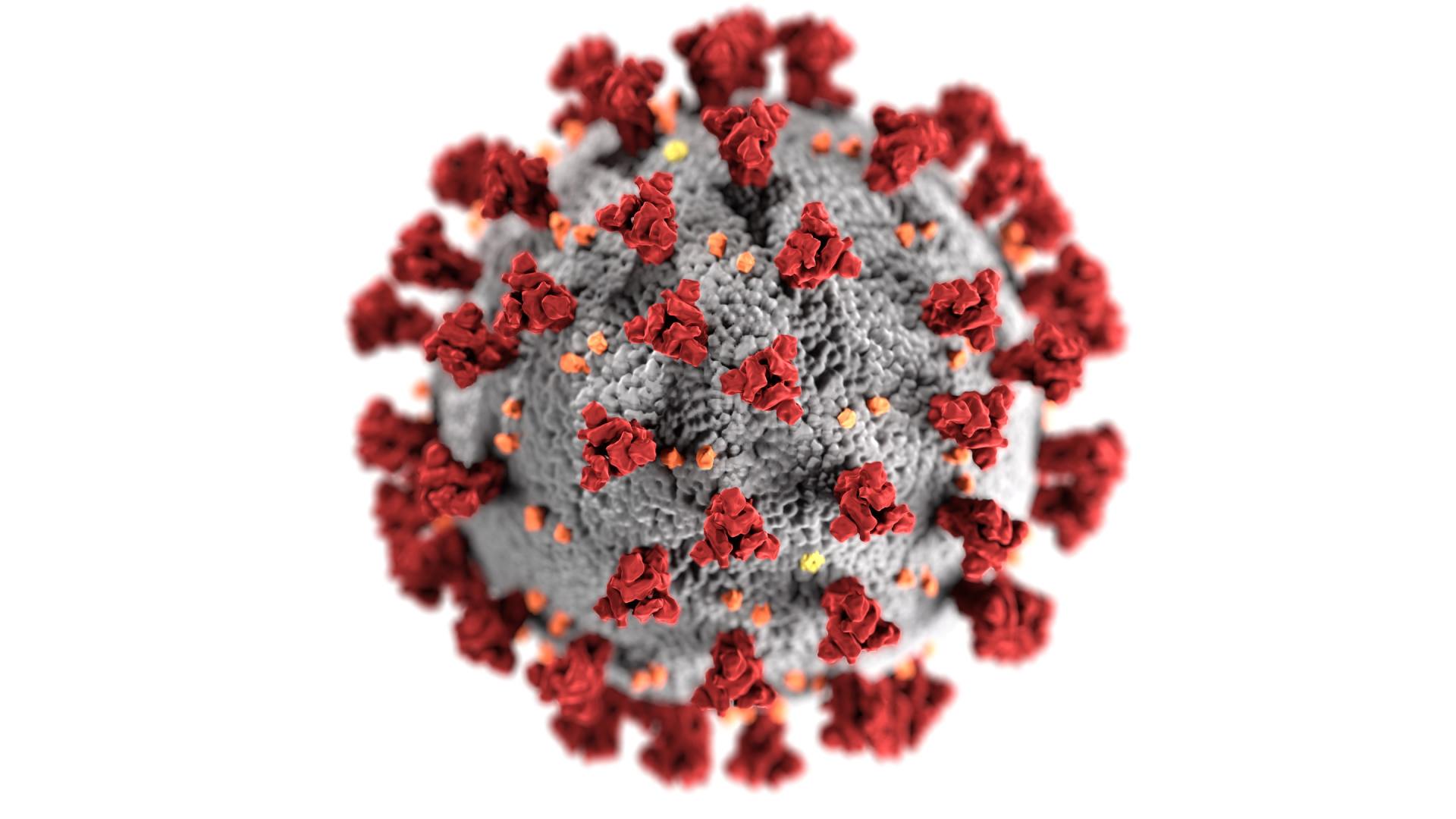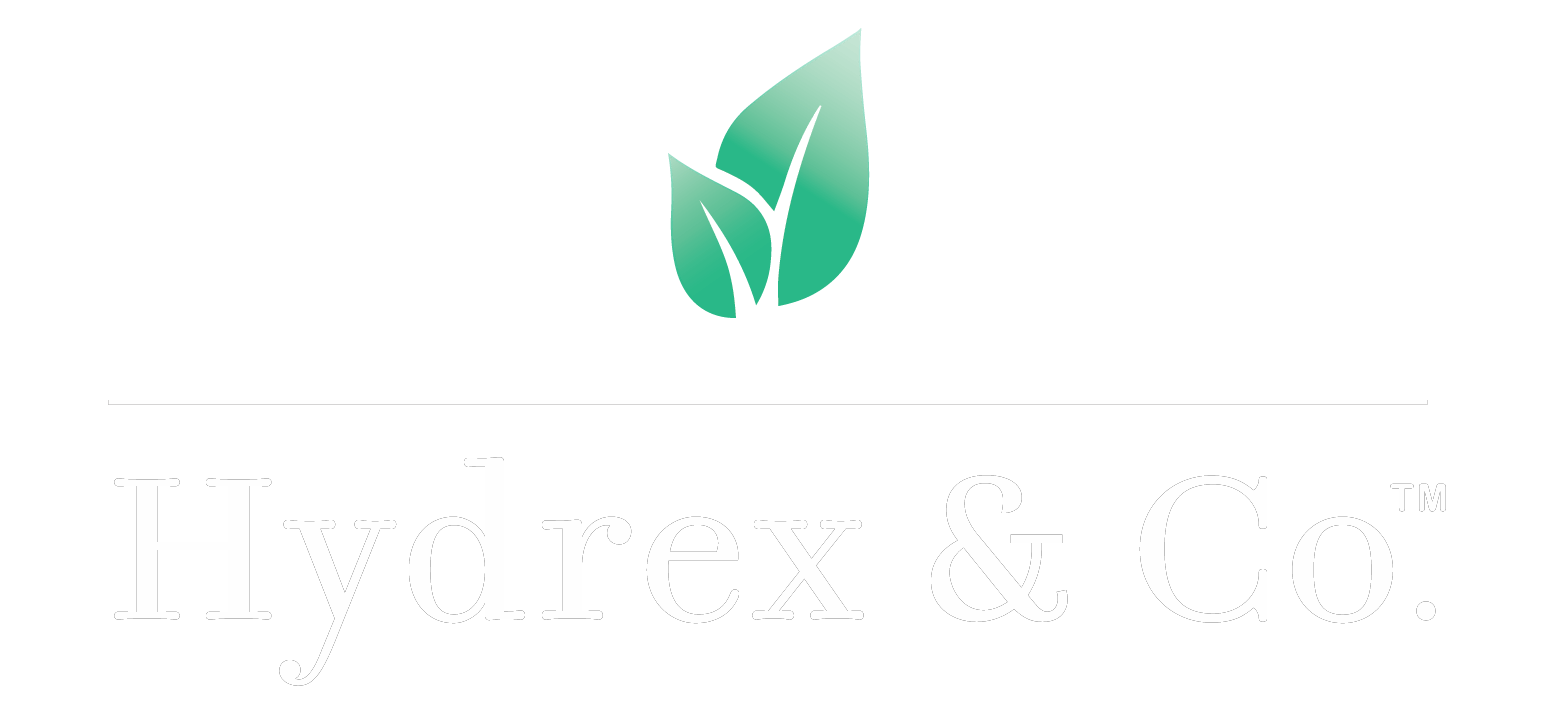By James Stivaly
•
November 16, 2018
The Myths of Recycling Recycling is the most common method of plastic reuse but does nothing for pollution prevention. Less than one percent of all plastics products are recycled in the U.S. Americans throw away 25,000,000 plastic beverage bottles every hour! Americans send about 38 billion water bottles a year to landfills. Considering more than 24 million gallons of oil-enough to fuel 30,000 cars for a year-are required to produce just one billion bottles, the environmental impact of plastic bottle waste is staggering. Plastics are now under much scrutiny for their potential health risks due to BPA (bisphenol A) a cancer carcinogen. How many plastic bottles are thrown away each year? 35 billion! Of the plastic produced in the united states only about 25 percent is recycled. 32 million tons of plastic waste were generated in 2012, representing 12.7 percent of total msw. in 2012, the U.S. generated almost 14 million tons of plastics as containers and packaging. Only 9 % of the total plastic waste generated in 2012 was recovered for recycling. In 2012, the category of plastics which includes bags, sacks and wraps was recycled at about 12 percent. Contrary to the beliefs held by most, relatively little plastic is recycled because there are various types of plastic with different chemical compositions, and recycled plastics can be contaminated by mixing of types which makes the process of recycling this material even more difficult and elusive. So, what happens to all those containers that are not recycled (which consumes energy to produce and energy to recycle), they wind up in landfills, rivers and oceans and when they breakdown in the environment, these chemicals that make up the plastic containers pollutes our aquifers, rivers, oceans. These dangerous broken down chemicals wind up in the food chain which other animals and humans consume. These elements even in very low doses BPA contaminants are carcinogenic and research is showing polycarbonate substitutes may not be much better. It’s estimated that there are 100 million tons of plastic debris floating around in the oceans threatening the health and safety of marine life. Plastic waste is also contaminated by materials such as paper and ink. Separating from non-plastics in the recycling process, and different types of plastic from each other is labor intensive and so far there is no easy solution. Plastic is made from petroleum or natural gas in a chemical process that combines smaller molecules into a large chainlike molecule, often with other substances added to give it particular qualities. Plastic production is estimated to use 8 % of yearly oil production. Because plastics embody energy from fossil fuels, leaving so much of it in landfills is not only an environmental hazard, it’s a huge waste of energy that can be used for more important matters. Some components like phthalates and bisphenol A, can and do have harmful effects. In 1991, 21 scientists gathered to discuss evidence of developmental alterations observed in wildlife populations due to theses chemical exposures. Over a decade later the science is clear, these chemical compounds alter gene expression, even epigenetically (epigenetics shows that future generations not even directly exposed to a chemical can be affected) effect present and future generations. MORE BAD NEWS! BPA’s in plastic bottles mimics estrogens affecting normal estrogen function. BPA is a cancer causing element promoting the growth of breast cancer and decreasing sperm counts in males. The U.S.-CDC found traces of BPA in nearly all urine samples collected in 2004. That is a decade ago, who knows what those counts are now. Glucuronide a byproduct of the breakdown of BPA is found in the body with even low levels of exposure to the chemical (american chemistry council). BPA leaks out from plastic containers especially under high temperatures. CDC data shows 93 percent of 2,157 people tested between the ages of 6-85 had detectable levels of BPA in their urine. Children had higher levels then teens and teens higher levels then adults, a frightening scenario. The FDA and our own EPA has approved BPA ‘s use but a team of government scientists recently found BPA levels found in humans exceeds safety levels. BPA is linked to breast cancer and prostate cancer-newbold et al. Altered menstrual cycles and diabetes in mice and impaired fertility has been linked to BPA exposure. Fred Von Saal, reproductive biologist for the university of Missouri found children six years of age had higher levels of glucuronide in their urine then did mice dosed with the chemical that later developed cancer. MORE DANGERS FOR CHILDREN? Two studies estimate BPA exposure levels in young children at home and in day cares. BPA was detected in indoor and outdoor samples in floor dust, play area soil, liquid and solid foods. BPA levels estimated at 42.98 ng/ml was way above safe levels presumed by the EPA of 1 ug/kg bw (body weight). Another study of 257 preschool verified BPA found in more than 50% of indoor air. Does BPA leak into the air from plastic containers and bottles? A question to be answered. There are other forms of polycarbonates which are being investigated now such as BPE’s for even worse toxicity than the former BPA. WE HAVE THE SOLUTION! A society is judged by how it treats its children. Hydrex’s goal is to change the health of the human family and change the world by producing the purist products available and package our products without plastic containers. A re-usable glass or stainless steel container for our Hydrex formula can drastically change, our environment and the future of our planet. Just make sure you clean your reusable container thoroughly before re-using. So are you part of the problem or the solution. You now have the knowledge to make an informed choice and change the future of your health and the health of your family. Spread the word! Hydrex is here to stay. HYDREX HAS THE ANSWER TO STOP PLASTIC POLLUTION AT THE SOURCE.WE CAN SAVE OURSELVES AND SAVE THE PLANET! Hydrexsupplements.com James Stivaly LMT has been a health care provider for 28 years with over 20 years experience in the functional medicine, nutritional and manual therapy fields. James has been in the martial arts for 30 years. In 2010 James and his wife founded Hydrex to provide cost effective nutrient dense supplement formulas and Health and Lifestyle programs for individuals in need. His office is in Montclair N.J. and is a member of the AUSA. For more information go to Hydrexsupplements.com James can be contacted at Hydrex33@gmail.com Hydrex is a SAM registered company.
